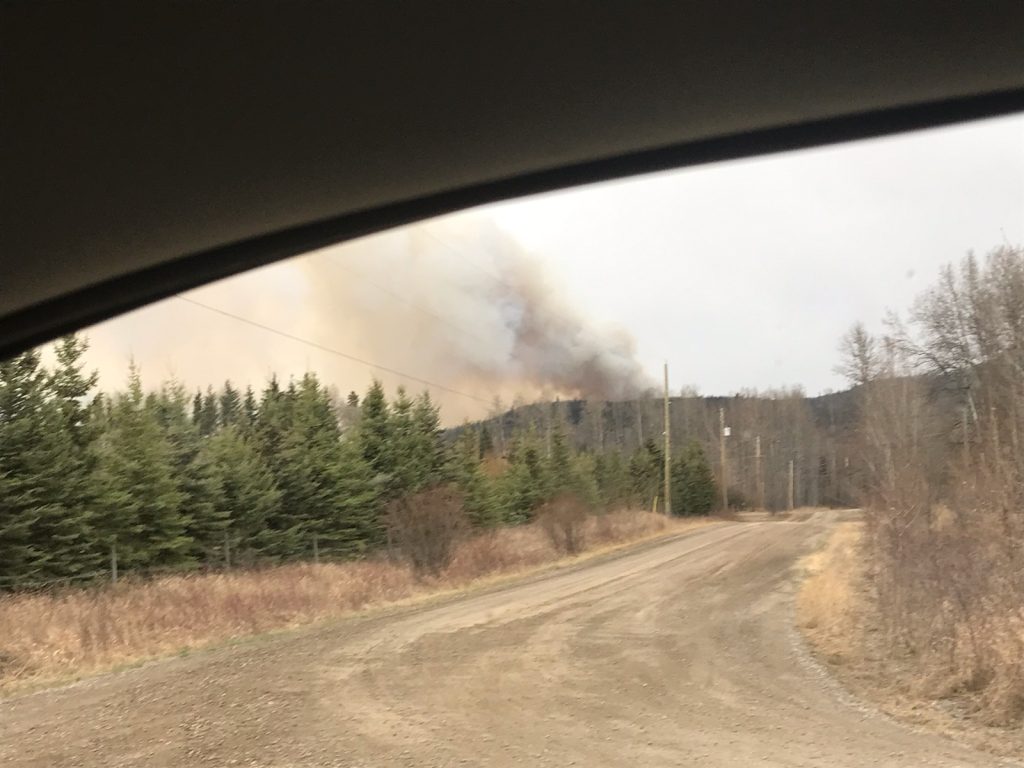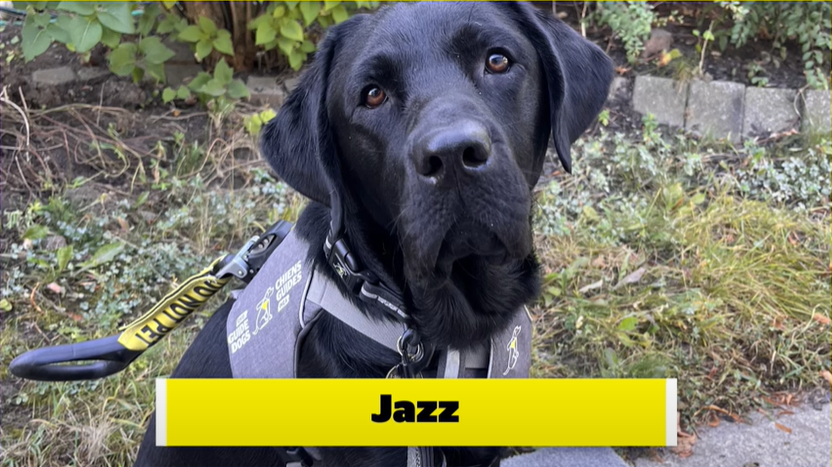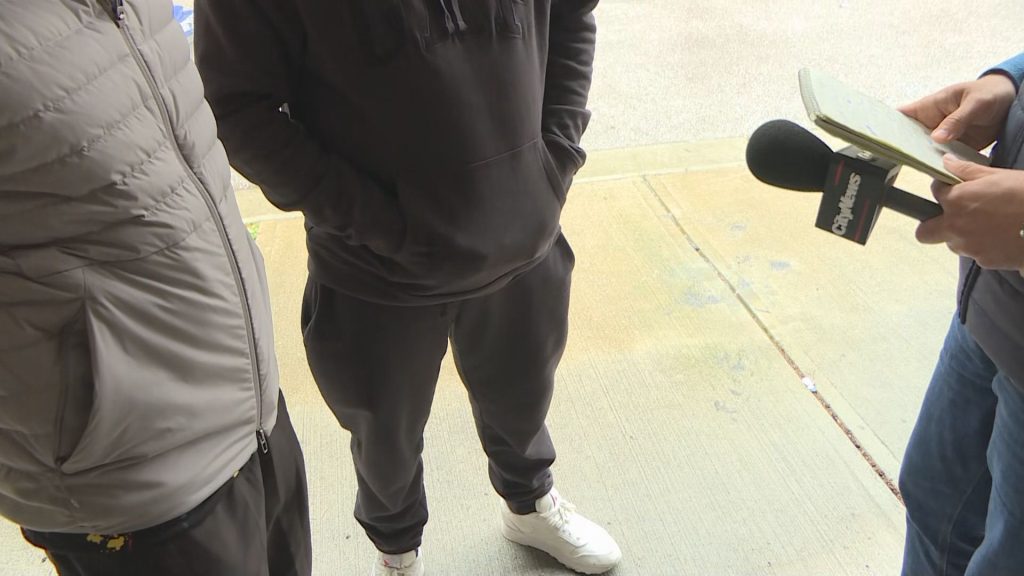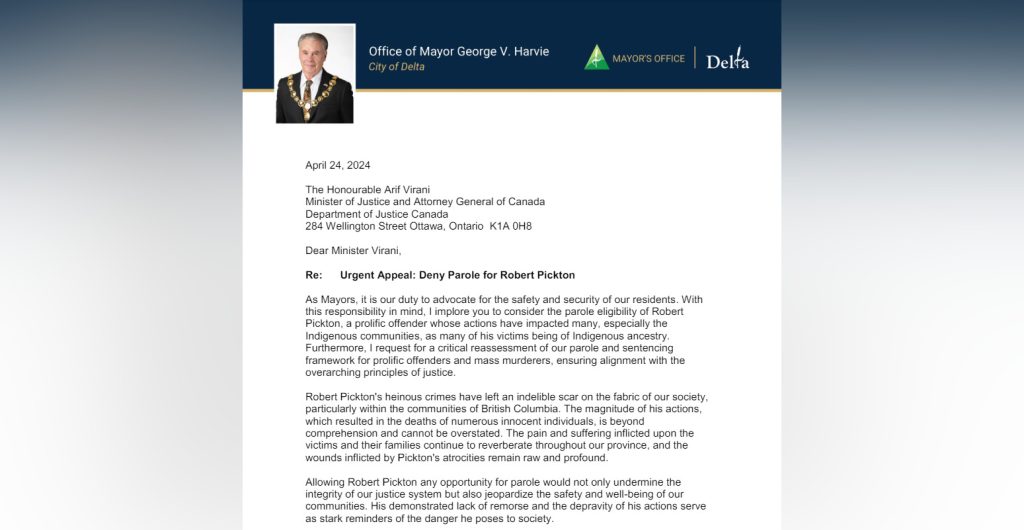Wildfire situation improving across B.C. as temperatures cool down
Posted September 6, 2018 1:31 pm.
Last Updated September 6, 2018 1:55 pm.
This article is more than 5 years old.
KAMLOOPS (NEWS 1130) – Wildfire activity is still ongoing, but things are looking a little more optimistic, the B.C. Wildfire Service says.
“We’re definitely trending in the right direction,” explains Chief Fire Information Officer Kevin Skrepnek. “We’re seeing the number of total fires starting to steadily go down.”
There are currently about 485 wildfires currently burning across the province, down from what we’ve been used to seeing throughout much of the summer.
“We have been well over 500 active fires for many weeks, and the new fires that we are seeing out there — and we are still seeing two or three fires a day — are staying quite small. We haven’t had any new fire this week that’s reached over a hectare in size. I think that’s reflective of the fact we’ve obviously turned a corner, a little bit, with the weather. Temperatures are cooler, humidity is higher so that’s definitely decreased the fire behaviour and certainly some parts of the province have seen some rain as well.”
RELATED: Air quality advisory back in effect
While things are looking up, Skrepnek admits there’s still more work to be done until we’re completely in the clear. A state of emergency is still in place for the entire province, expected to expire on Sept. 12, and the season is not yet over.
However, with all that in mind, he says things are looking more optimistic.
There are still a number of fires of note, and the largest blaze currently burning in B.C. is sitting at an estimated size of more than 100,000 hectares. The Alkali Lake fire is not considered a major fire of note anymore, but this one did destroy some structures in Telegraph Creek over the summer.
Skrepnek notes there is a large fire complex — made up of a number of blazes — in the Tweedsmuir area. Those fires combined are more than 300,000 hectares in size.
When we look at where the season is at right now compared to this time last year, Skrepnek says things were quite different.
“This time last year, we hadn’t quite seen this level of relief yet, things were still quite active particularly in the southeastern part of the province,” he tells NEWS 1130.
“Now, certainly there are some pockets right now that are still quite dry, and even though there is certainly some rain in the forecast for the next three to five days, still going to be quite variable… Looking at last year, 2017, we certainly had major fires burning right through until the end of September. So there’s certainly potential for that to happen this year, but generally speaking we’re looking like we’re in fairly good shape right now.”
WATCH: Wildfire Smoke Causes Winery Woes!
As of Thursday morning, an estimated $417-million has been spent on fire response efforts so far this year. That number is definitely less than what was spent in 2018 — the worst wildfire season on record for B.C. — when more than $600-million was spent on direct firefighting costs.
Skrepnek says that is due to a few reasons.
“Last year’s fire season did start earlier than this year’s as well, so we saw more money spent as of this day,” he says. “Obviously we’ll know further into the year what that total is, but certainly a large amount of money. Definitely going to be one of the most expensive seasons in the province’s history, but likely won’t surpass last year.”
There are currently more than 3,700 personnel fighting wildfires across the province, including out-of-province help and contractors.
Campfire ban
With conditions improving across the province, a number of campfire bans are expected to be lifted.
“We put campfire bans in place on a regional level, so they kind of came in somewhat staggered throughout the province really depending on what the hazard was in that particular area,” Skrepnek says. “What was the fire danger rating, what was the potential for human-caused fire starts, things like that.”
Many of these bans have been in place for the better part of the summer in many parts of B.C., but Skrepnek expects some of them to be peeled back by the end of the week.
Discussions are still ongoing as to where and when that is going to happen, and Skrepnek points out there are some areas where the risk is still quite high.
“So it’s likely going to happen a little bit slower in those areas as opposed to other spots that have seen quite a bit of rain and where the threat isn’t really there anymore.”
Additional supports
A number of communities across the province, even here in the Lower Mainland, have been part of fire fighting efforts this season.
The District of North Vancouver has been one of them.
“We’re on to our eighth deployment,” Assistant Chief of Operations Jeremy Duncan with the District of North Vancouver Fire and Rescue Services says. “We’ve had our Structural Protection Unit in Smithers since August 6th and it’s still in Smithers. We did send up an engine and four fire fighters on two deployments to Burns Lake — that has been demobilized.”
A crew of five is still deployed in Smithers along with the S.P.U., and is expected to be up there for at least the next week, and as long as two to three more.
Duncan says the district has filled up to 53 positions this year, something that can be hard on crews locally.
“It’s definitely a challenge,” he admits. However, Duncan adds the department and its members are always happy to help.
“The firefighters have been very proud to go. It’s been good finishing on their training,” he says. “They’re learning lots and working well with the B.C. Wildfire Service and other crews in the area… they’ve been successful so far in protecting up to 75 structures on Babine Lake, and they’re very proud of that.”
Duncan describes the Structural Protection Unit as basically a fancy sprinkler system, with thousands of feet of hose and a number of sprinkler heads.
“What they end up doing is fixing them to the cabins, draping them in poly, and then they basically create a rain barrier from the fire and any of the fly-ash that might be in the area, change in wind directions, and that kind of stuff.”
There is a similar type of wildfire unit and other equipment that hasn’t been sent in to help with wildfire efforts that can be tasked in the event of an incident in North Vancouver.
If the district needs its Structural Protection Unit back, Duncan says the province has contingency plans in place.
“The way the province works is the province collects all the SPUs and if we ever needed ours back or anyone back, they would ship the SPU back to North Vancouver to help us if we need to protect any structures in North Vancouver or West Van or North Van city.”










